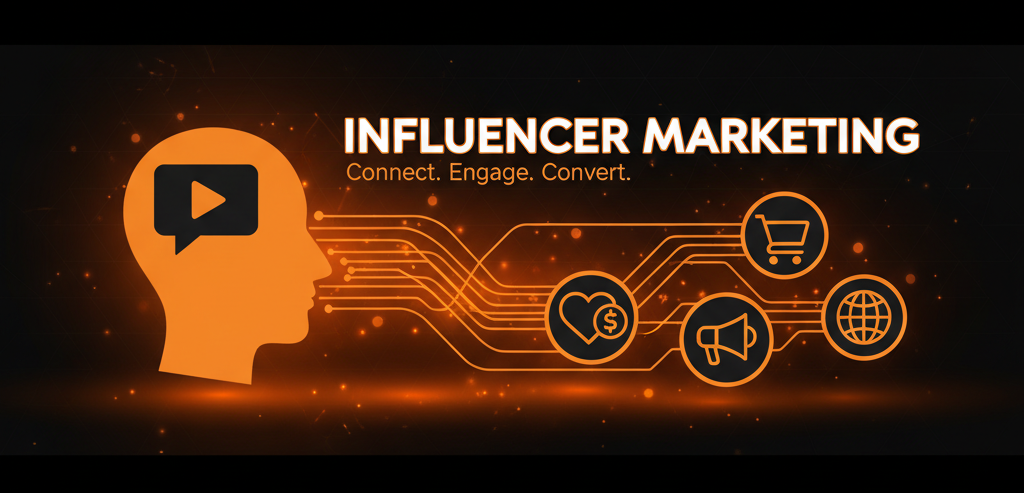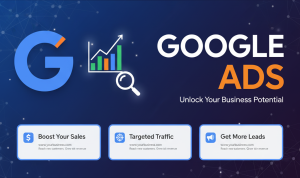

Influencer marketing is reshaping how brands connect with audiences in this digital age. By partnering with an influencer management agency, businesses can create data-driven campaigns. They can also collaborate with genuine creators and measure real results. Starting a new business? Need publicity? Or do you have a brand and want more sales? Learning about influencer marketing is a smart choice.
Influencer marketing happens when companies partner with content creators. These creators have a strong, loyal online following. Instead of traditional advertising, it uses honest storytelling to build audience trust.
The Indian influencer marketing market is set to grow at 18% CAGR (EY India, 2024). It will reach ₹3,375 crore by 2026. Brands are turning to influencers for product promotion across various industries.
Influencers classify themselves based on their audience size and engagement quality. Each category has a role in the brand’s storytelling and the campaign’s success. Here is the details:
| Influencer Type | Followers | Best For | Average Cost per Post(INR) |
| Mega Influencers | 1M+ | Nationwide campaigns and product launches | ₹5–15 Lakhs |
| Macro Influencers | 100K–1M | Expanding brand reach and visibility | ₹1–5 Lakhs |
| Micro Influencers | 10K–100K | Niche audiences and authentic engagement | ₹10K–₹1 Lakh |
| Nano Influencers | 1K–10K | Local promotions | ₹2K–₹10K |
A clear plan for influencer marketing ensures your efforts lead to measurable results.
Here are the Key Metrics to Track:
Platforms like Upfluence, HypeAuditor, Sprout Social, Traackr and BuzzGuru (by Semrush) track social media performance metrics.
ROI = (Revenue Generated – Campaign Cost) ÷ Campaign Cost × 100
For example, if a ₹2 lakh campaign generates ₹6 lakh in sales, ROI = 200%.
| Industry | Engagement Rate | Average ROI |
| Fashion | 3–5% | 400–600% |
| Tech | 2–3% | 300–500% |
| Food & Beverage | 4–6% | 500–700% |
| Travel | 5–8% | 600–900% |
The next phase of influencer advertising will center on AI analytics, short videos, and improved collaboration between creators and brands. Brands will turn to micro- and nano-influencers. This is because audiences crave transparency and authenticity. Partnering with top influencer marketing agencies like Hashtag Orange offers smart targeting, clear results, and future-focused strategies.
Working with a trusted influencer management agency helps brands increase engagement, stay compliant, and see clear returns. Hashtag Orange is a personalized influencer marketing agency.
It offers creative solutions and performance solutions by choosing the right creators to boost ROI. Digital storytelling has made influencer marketing a key way to build brand trust. It’s both human and effective for creating lasting connections.
Prices depend on the type of influencer, medium, and output. Nano influencers usually charge fees ranging from ₹1,000 to ₹10,000. In contrast, mega influencers may ask for several lakhs per post.
Typical influencer marketing services include:
An influencer marketing company manages small campaigns well. They scale these campaigns, follow the law, and offer better analytics.
Based on the quality of the campaign and the type of niche, most brands make 35x ROI.
Micro-influencers, with 10K to 100K followers, reach niche audiences. Macro-influencers, with 100K to 1M followers, provide broad brand exposure.


